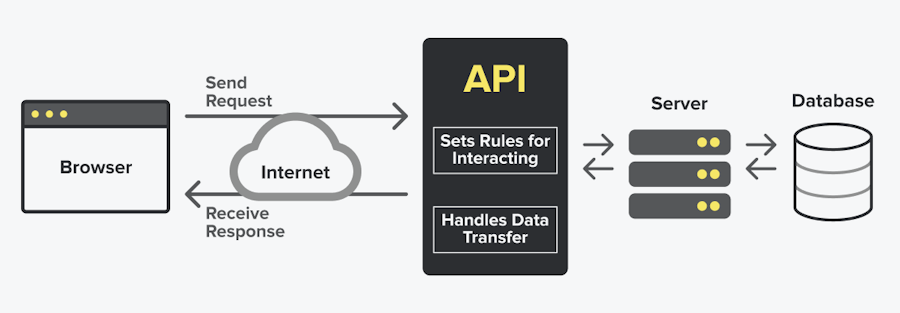Buzz Haven: Your Daily Dose of News
Stay informed and entertained with the latest buzz in news, trends, and insights.
API Integration: The Secret Sauce for Effortless Connectivity
Unlock seamless connectivity with API integration! Discover how to simplify your tech stack and enhance efficiency today!
What is API Integration and Why Does it Matter?
API integration refers to the process of connecting different applications or systems through their Application Programming Interfaces (APIs). This allows them to share data and functionalities seamlessly. By leveraging APIs, businesses can automate workflows, streamline processes, and enhance user experiences across different platforms. For example, when you book a flight using an online travel agency, multiple APIs are working in the background to retrieve flight information, process payments, and confirm bookings. This interconnectedness underlines the importance of understanding APIs in today’s digital landscape.
The significance of API integration extends beyond mere connectivity; it fosters innovation and efficiency within organizations. With the ability to connect various services, companies can quickly adapt to market changes and customer demands. Moreover, effective API integration can lead to cost savings by minimizing manual data entry and reducing errors. In today's competitive environment, leveraging APIs not only enhances operational efficiency but also provides a strategic advantage as businesses strive to deliver improved products and services to their users.

Top 5 Benefits of API Integration for Your Business
API integration offers numerous advantages for businesses looking to streamline operations and enhance productivity. One of the primary benefits is improved efficiency, as it allows disparate systems to communicate seamlessly, reducing the need for manual data entry and the potential for errors. By automating workflows through API integration, companies can significantly save time and allocate resources more effectively, ultimately leading to better service delivery and higher customer satisfaction.
Another key benefit of API integration is the ability to boost scalability. As your business grows, the demands on your systems will increase, and integrating APIs allows for easy expansion of functionalities without overhauling existing setups. This flexibility ensures that businesses can quickly adapt to market changes and technological advancements, maintaining a competitive edge in their respective industries. Overall, API integration positions your business for growth and innovation.
How to Choose the Right APIs for Seamless Connectivity
Choosing the right APIs for seamless connectivity is crucial for enhancing your applications’ functionality and performance. Firstly, you should consider the API documentation; high-quality documentation makes integration smoother. Look for well-structured guidelines that cover authentication, data formats, and example requests. Additionally, evaluate the API stability and uptime. A reliable API provider will typically offer Service Level Agreements (SLAs) that guarantee availability, ensuring that your application remains operational and prevents potential disruptions.
Next, consider the API's scalability and flexibility. As your application grows, your API needs may change; therefore, it is essential to choose an API that can handle increased loads and offers features that can adapt over time. Additionally, check for community support and user feedback, which can provide insights into the API's performance in real-world applications. Lastly, don’t forget to evaluate the cost model associated with the API; ensure that the pricing aligns with your budget while providing the necessary functionality without hidden fees.